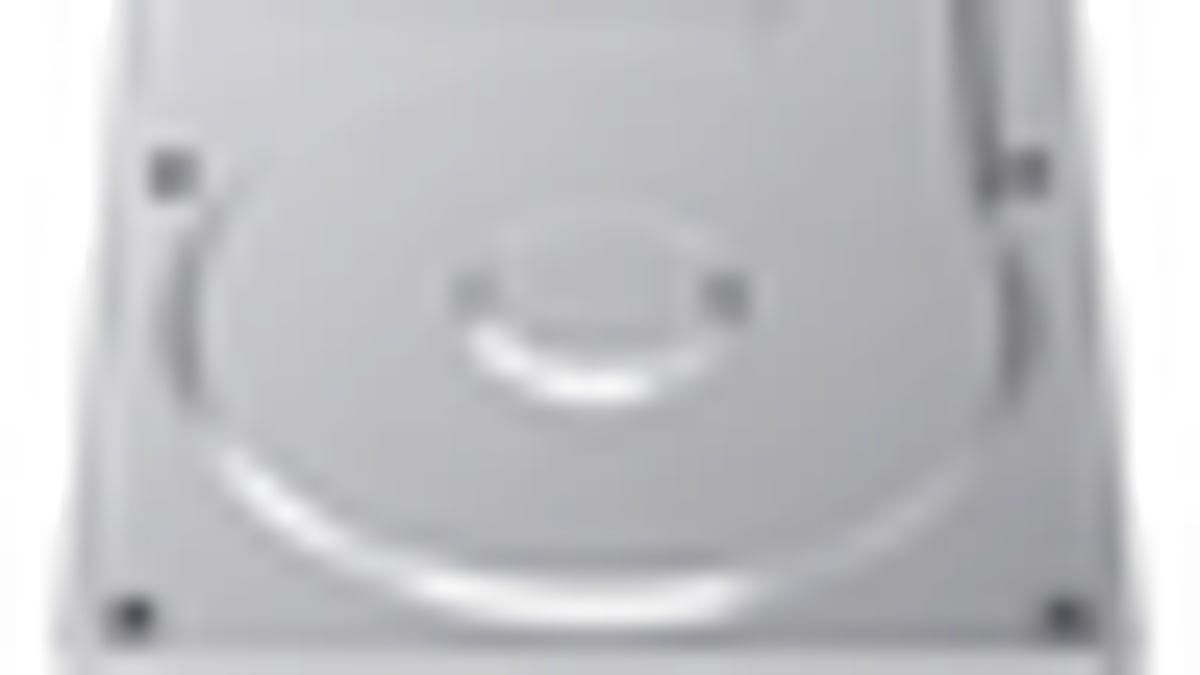What Intel Z68 SSD caching means for iMac owners
The Z68 chipset used in Apple's new iMacs supports new SSD-caching technology, but are the iMacs able to take advantage of this?

Apple's new iMac systems came with a little surprise, which was the inclusion of the new Z68 chipset from Intel. This chipset supports a number of enhancements over the previous versions used, and Apple has already enabled some of these with a recent firmware update that unlocked SATA III capabilities in the new systems. Beside SATA III, however, the chipset does boast another speed-enhancing technology called SSD caching, but unfortunately for now iMac owners will not be able to use this.
SSD caching is a technology that uses up to 64GB of a high-speed SSD device to store frequently accessed items normally kept on a slower mechanical drive. The SSD cache is transparent to the user and essentially offers a significant speed boost to an existing mechanical-drive setup. This can result in greatly increased drive performance for a fraction of the price that it would take to match a mechanical drive's storage capacity an SSD option (currently a 1TB SSD goes for around $3,000, whereas a 64GB SSD and a 1TB mechanical drive would cost around $225).
What this means is a great price/performance for people who need larger drive space. A good majority of a hard drive's space ends up being used for infrequently accessed long-term storage of music, photos, videos, and rarely used applicaitons, among other files. As a result, getting a large 500GB or greater SSD drive and filling it with these files ends up being a waste of high-performance media space. In practice, only 10-40GB of most hard drives ends up being regularly used.
The solution Intel came up with in the Z68 chipset is to make use of smaller and cheaper SSD drives to cache frequently used items on larger mechanical drives. Therefore, to benefit from fast SSD speeds for everyday work, you just need to purchase a smaller and cheaper SSD drive and pair it up with a larger mechanical drive.
There currently are a few hybrid SSD drives that use a small amount of NAND flash memory to cache frequently accessed contents; however, the difference between these technologies may lie in how they manage the caching but also in the size of the cache. Currently Hybrid SSD drives like the Seagate Momentus XT line use about 4GB of NAND memory, as opposed to Intel's approach that allows the cache size to be scaled up to 64GB depending on uses.
The real benefit of the Z68 caching technology is you can turn an older mechanical drive setup into a SSD hybrid setup by adding a small and relatively cheap SSD drive to your system (a 32GB SSD drive is around $80 these days, and a 64GB SSD is around $150). All it would take to significantly increase the speed of your computer is to install one of these drives and everything would be snappier for you, without having to migrate your data to a new drive.
So what does this mean for Apple's iMacs? Ultimately to benefit from the caching features of the Z68, the system will need to be able to hold both a standard drive and a solid-state drive, as well as have driver support for this feature. The new iMacs have all that's needed in the hardware to take advantage of the new caching features; however, Apple so far has not implemented or enabled in OS X. Therefore, despite the potential for increased speed in the new systems, iMac owners will have to wait to see if Apple will make use of this feature.
In the meantime, Mac users can use Apple's currently supported options:
Pure SSD Drive
The fastest solution will always be to use a pure SSD option, so if you can stomach the cost of larger SSD drives, then that is one route.
Combo SSD and mechanical drives
This option will allow you to better tailor your Mac's drive setup for performance without paying so much for larger SSD drives. You can get a small 80-160GB SSD drive to hold OS X and your applications so they launch fast, and then setup your file-system structure to have large and infrequently used files be stored on a secondary mechanical drive.
The drawbacks to this are that it will take some setup for individual applications and conscious organization of your files to keep large and long-term storage on the mechanical drive (most applications will store libraries by default to the home folder, which is on the boot drive). Despite this, with this setup, if Apple ever enables SSD caching support, then you will be able to take advantage of it for the mechanical drive and speed up its performance as well.
Hybrid drive
The last option is to install a SSD hybrid option such as the Seagate Momentus XT, which currently uses a 4GB SSD cache to increase the drive's performance.
Questions? Comments? Have a fix? Post them below or e-mail us!
Be sure to check us out on Twitter and the CNET Mac forums.

